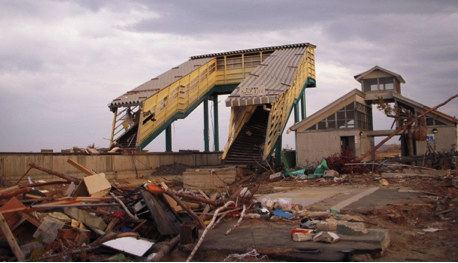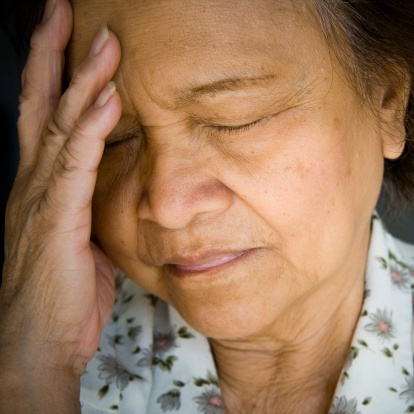
Panic-Free and Living Life Fully
by Lisa Borg
After experiencing tremendous trauma in my life, I eventually found myself suffering terrible panic attacks. By 1998, I couldn’t stand in line at the bank or the supermarket without feeling panic to the point of fainting. I’d panic at the thought of taking the train or bus—feeling trapped by the crush of all those people.
I rarely shared my pain with anyone, but one day, a hairdressing client of mine gave me a voucher for a psychologist who conducted TFT sessions over the phone. A note with the voucher said it would change my life. If only, I thought. If only that would come true!
I remember feeling strange sitting there on the phone and tapping on myself. I can’t bring up my inner feelings, I thought. Assuming briefly that it would never work, I finished my phone session and walked outside for some fresh air. How relaxed and at ease my body felt!
Two days later, I went to the bank—expecting that familiar feeling of dread. Amazed, I felt nothing but calm.
For six panic-free years, TFT changed my life.
But, for me, the trauma that originated my panic attacks came back in full force as I suffered a miscarriage and was diagnosed with cervical cancer during another pregnancy—eventually losing my dream of having more children. My father committed suicide. Then when my mother-in-law died tragically, I found myself nearing a breakdown and in yet another state of panic.
Since TFT had provided relief six years earlier, I telephoned my previous TFT practitioner and—again—TFT saved my life.
Even today, it continues to help me function. Unfortunately, I’ve been recently diagnosed with an extremely rare disorder, Mal de Debarquement—a balance disorder distinguished by a persistent sensation of motion, difficulty maintaining balance, extreme fatigue, and difficulty concentrating. Needless to say, the disorder comes with an extra measure of anxiety.
To cope, I practice the Panic/Anxiety sequence every day before work, and it’s because of TFT that I still manage to work.
Because of TFT, I’ve survived over the past year—even with this debilitating illness. My doctors and psychologist are interested in TFT, now that they’ve seen amazing results in me.
I know that if I didn’t have Mal de Debarquement, my anxiety would never return. TFT is that amazing. I recommend it to everyone. I even talked two neighbors through the anxiety sequence and they were amazed at the instant results. Thank you, Dr. Callahan for giving so many people the power to heal themselves with this simple technique.
Excerpted from Callahan Techniques’ latest book, The Tapping Solution: Tapping the Body’s Energy Pathways.





